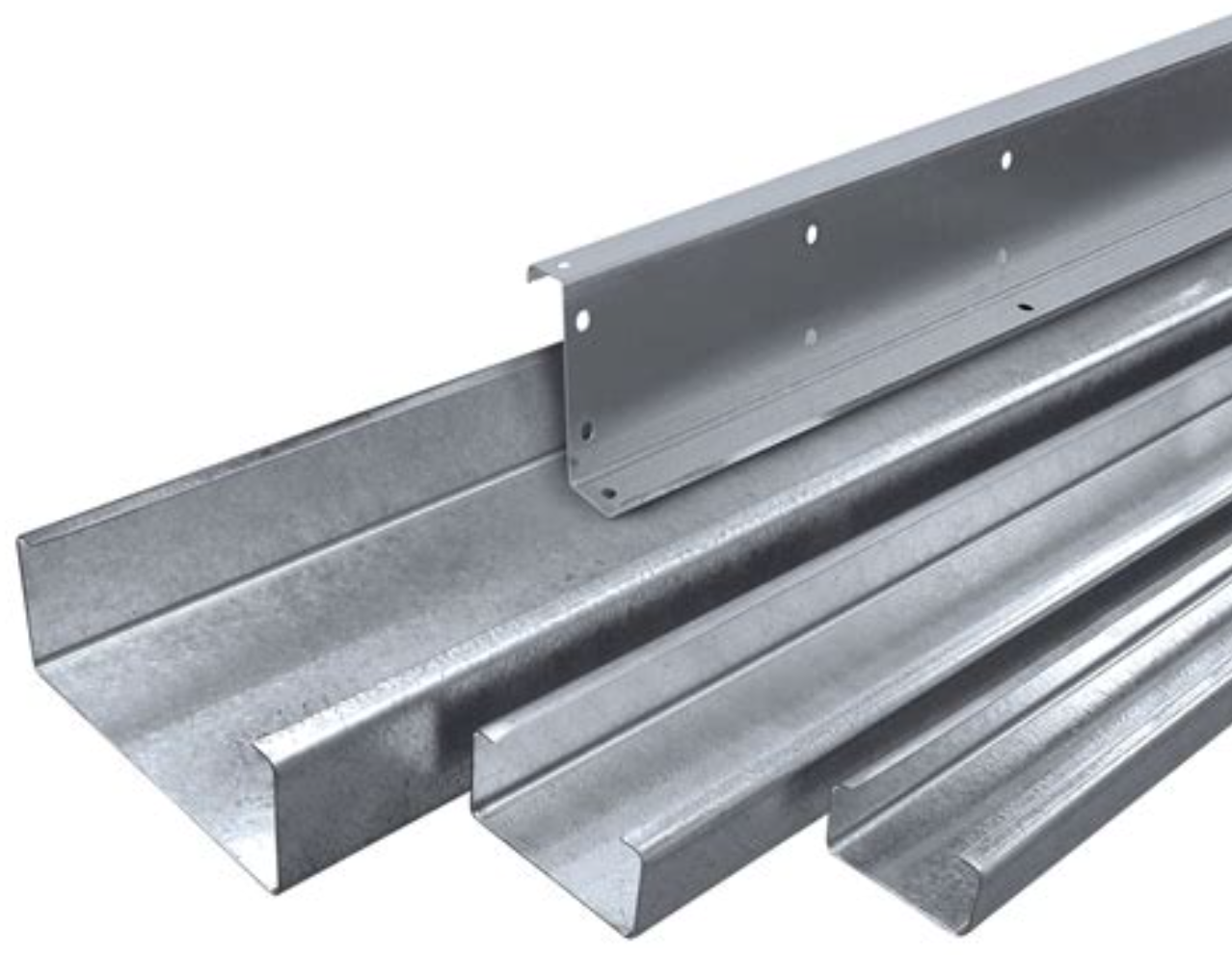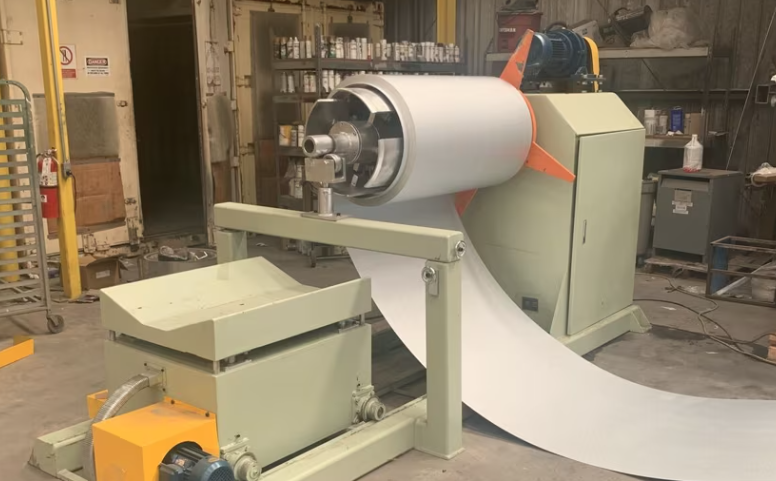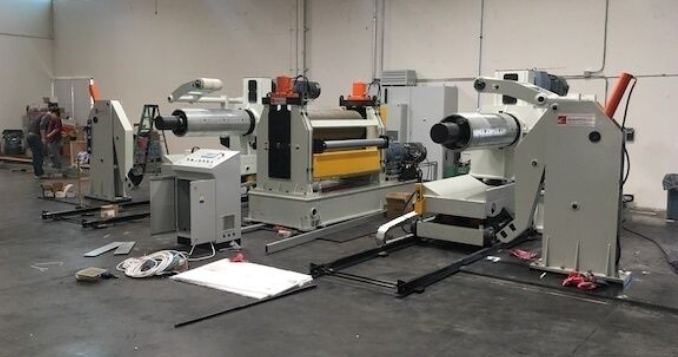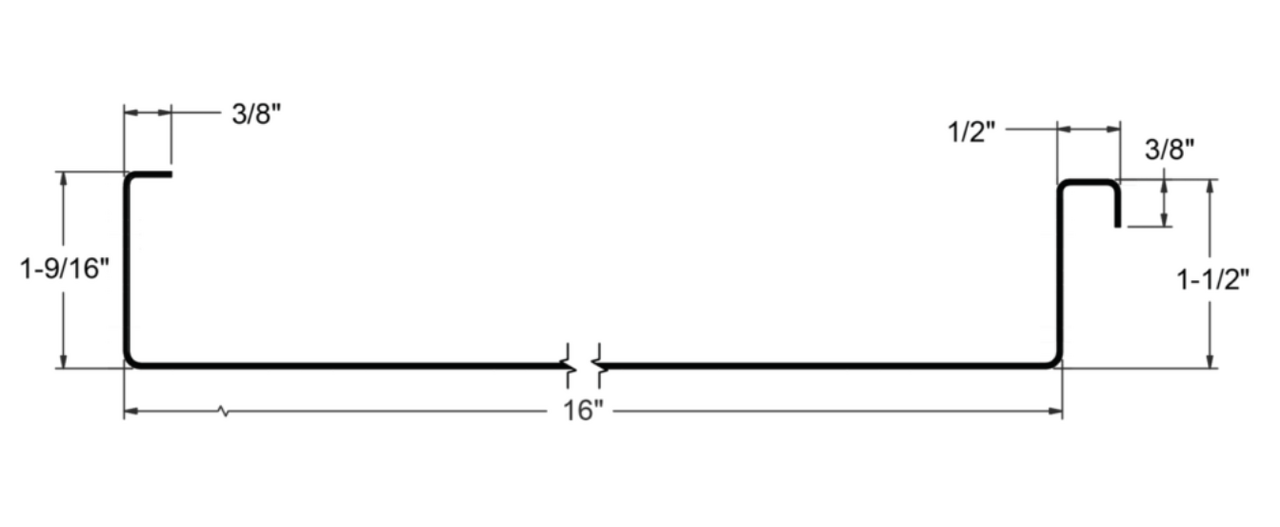
Posted on Friday, May 23, 2025
Introduction Metal purlins are the silent workhorses in structural steel construction. Acting as secondary framing members, they run across the primary frames and provide support for wall and roof sheeting. Essential in everything from warehouses to barns, metal purlins offer unmatched strength, durability, and efficiency. In this blog, we dive deep into the materials, profiles, sizes, and use cases that define the world of metal purlins. Whether you're in construction, manufacturing, or engineering, this guide is your reference point for making the right choice.
What Are Metal Purlins? Purlins are horizontal beams that form part of the roof or wall support structure in buildings. Unlike timber purlins, metal purlins offer superior strength, are fire-resistant, and require little maintenance. They provide structural support by distributing loads from the sheeting to the primary framing members. Their adaptability and longevity make them a staple in modern construction practices.
Common Materials Used in Metal Purlins
| Material | Yield Strength (KSI) | Corrosion Resistance | Cost | Common Uses |
|---|---|---|---|---|
| Galvanized Steel | 40–55 | Moderate-High | $$ | Warehouses, factories |
| Galvalume Steel | 50–60 | Very High | $$$ | Coastal facilities, power stations |
| Cold-Rolled Steel | 55–65 | Moderate | $$ | Prefab buildings, tight tolerance |
| Stainless Steel | 60+ | Very High | $$$$ | Marine, chemical plants |
Purlin Profiles Explained
Each profile’s geometry affects load-bearing, installation speed, and application. Z purlins, for example, allow for better lap joints, distributing loads more efficiently over longer spans.
Purlin Sizes and Thicknesses
| Profile | Web Depth (mm) | Flange Width (mm) | Thickness (mm) | Max Span (m) |
| C150 | 150 | 60 | 1.5–2.5 | 5–8 |
| Z200 | 200 | 65 | 1.5–3.0 | 6–10 |
| Sigma250 | 250 | 75 | 2.0–3.0 | 7–12 |
Applications Across Industries
For example, industrial buildings in the UAE often use Z purlins for their ability to span wide roof sections with minimal supports.
Advantages of Using Metal Purlins
Design Considerations and Load Calculations
Key design elements:
Engineering software like STAAD.Pro and Tekla Structures assist in accurate sizing and analysis. Ensure compliance with building codes such as IBC, AS/NZS 4600, or Eurocode 3.
Coatings and Surface Treatments
FAQs About Metal Purlins
Q1: Can metal purlins be reused? Yes, especially if they’re undamaged—commonly seen in modular buildings.
Q2: What is the best profile for long spans? Z purlins, due to overlapping ability and superior strength.
Q3: Are purlins load-bearing? They are secondary load-bearing members, transferring loads to main frames.
Q4: Do purlins require bracing? Yes, particularly in high-wind or seismic areas. Sag rods and bridging are used.
Q5: What gauge is commonly used? Ranges from 14 to 18 gauge (1.2 mm to 2.5 mm).
Conclusion: How to Choose the Right Purlin
When selecting a purlin, consider the span, load type, profile shape, and environmental exposure. C purlins are great for straightforward installs, while Z purlins offer flexibility and span efficiency. Sigma purlins serve high-load or multi-story structures.
Work closely with your structural engineer and purlin supplier—like Machine Matcher—to ensure your building gets the most optimized solution. We help match your requirements with the right machines or suppliers globally.
Whether you’re building in the UAE, UK, USA, or beyond, understanding purlin specs can significantly impact the durability and cost-efficiency of your structure. Choose wisely, and your project will thank you in both stability and savings.
Overview: Offers galvanized and red prime painted Cee and Zee purlins with immediate availability and nationwide delivery.
Products: Cee & Zee purlins in 12, 14, and 16 gauge; sizes ranging from 4" to 12".
Website: westernstatesmetalroofing.com
Overview: Provides a comprehensive range of interlocking Cee and Zee purlins designed for structural integrity and aesthetic appeal.
Products: Available in 12, 13, 14, and 16 gauge; red oxide or G90 galvanized finishes; various sizes with standard and custom punching patterns.
Website: mbci.commcelroymetal.com
Overview: Manufactures an extensive line of cold-formed substructural components, including Cees, Zees, and Eave Struts.
Products: Offers components in red oxide and G90 galvanized finishes, with standard and custom punching options.
Website: mcelroymetal.com
Overview: Supplies high-quality steel C and Z purlins with options for custom cutting and punching.
Products: Various sizes in 14-gauge thickness; lengths up to 40 feet.
Website: eaglesteel.com
Overview: Offers a variety of steel products, including Cee purlins, with locations in Oklahoma, Arkansas, and Missouri.
Products: Cee purlins in sizes from 3" x 1½" to 10" x 2¾".
Website: wheelermetals.com
Overview: Specializes in manufacturing purlins in both standard and custom lengths to optimize builders’ efficiency.
Products: Offers a broad selection of standard tubing and custom purlin options.
Website: jnlsteel.com
Overview: Stocks a large inventory of steel and roof purlins, essential for completing steel building or roofing projects.
Products: C and Z purlins in 14 gauge, 40 ksi; lengths from 15 to 30 feet.
Website: vitzmetals.com
Overview: Provides a diverse selection of metal purlins, crucial for constructing durable roofing and structural systems.
Products: Red prime purlins in various sizes and shapes; custom cutting and fabrication services available.
Website: 380steel.com
Overview: Specializes in manufacturing purlins and girts for the pre-engineered steel building market in Oregon.
Products: Offers a range of purlin products tailored to the pre-engineered building sector.
Website: thepurlinmill.com
Overview: Part of a global network, Metroll offers a wide variety of metal buildings and components, including purlins.
Products: Factory-direct C and Z purlins; custom design services available.
Website: metroll.us

Understanding Coil IDs, Mandrel Sizing, and Shear Pin Safety in Uncoilers
Posted on Wednesday, October 1, 2025
Mismatched sizes can lead to machine damage, downtime, and safety hazards — often evidenced by a shear pin failure.

How Coil Tensile Strength Affects Roll Forming and How to Adjust Your Machine
Posted on Wednesday, October 1, 2025
Changes in tensile strength can significantly affect the finished profile, causing misaligned bends, uneven edges, and out-of-spec parts.

Why Paint Cracks on an Embossing Line Running Pre-Painted Coil and How to Prevent It
Posted on Wednesday, October 1, 2025
This issue not only affects the visual quality of the product but can also lead to increased scrap rates and customer complaints.

The Most Popular Standing Seam Metal Roof Panels in the U.S. — A Comprehensive Guide
Posted on Monday, September 29, 2025
In this post, we’ll explore what panel styles and sizes are most popular in the U.S